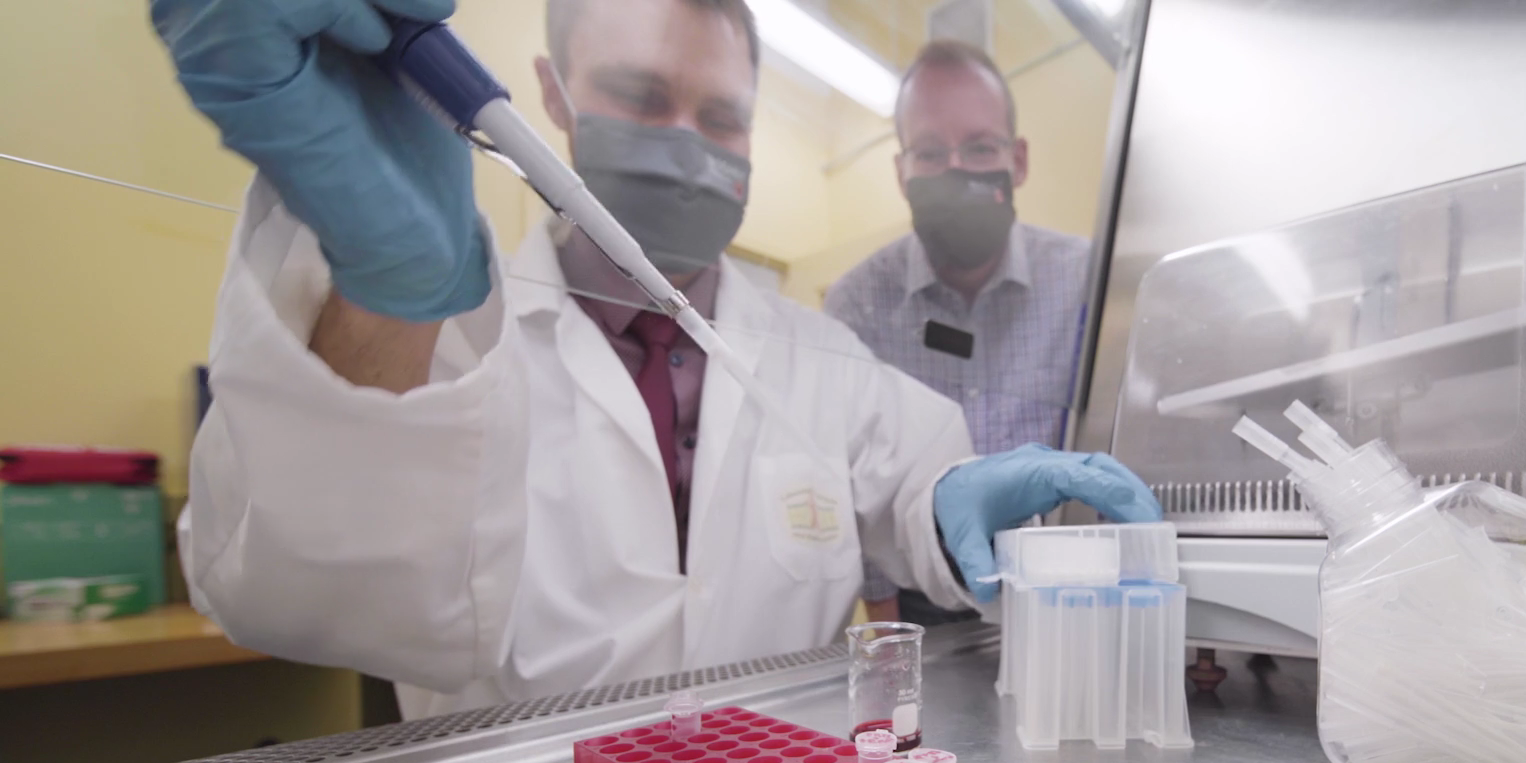McMaster University researchers create vaccine delivery method by mimicking COVID-19
Published March 14, 2022 at 11:47 am

Researchers at Hamilton’s McMaster University have created another vehicle for COVID-19 vaccine delivery by modifying red blood cells and mimicking the virus.
Mac’s physicists, chemists, and immunologists teamed up to create this entirely new approach to vaccination delivery.
“We take red blood cells and remove everything from the inside. We then attach spike proteins to their outside to mimic a coronavirus,” explained graduate student Isabella Passos-Gastaldo, a lead author on the paper.
Researchers say the development of new strategies and vaccine technologies is critical for controlling the pandemic and preparing for future outbreaks as the coronavirus continues to evolve and mutate.
“Current vaccine delivery methods often cause drastic immune system reactions and have short-lived responses,” says Maikel Rheinstadter, a senior supervisor on the paper and a professor in the Department of Physics & Astronomy at McMaster.
“Some of the vaccines that have been developed have shown side effects. This delivery platform opens new possibilities for vaccines and therapeutics.”
The researchers found cells can be loaded with a large dose of viral proteins, yet produce few side effects — making the new method more tolerable and effective than other vaccine options.
The particles used to activate the immune system and produce antibodies in mice were completely harmless, according to researchers.
“We have developed a method where we can trigger an immune response without the use of genetic material and yet we are able to synthesize these particles in a very short amount of time,” says Sebastian Himbert, lead author on the study and a recent graduate student in the Department of Physics & Astronomy at McMaster.
The technology can also be quickly adapted to develop vaccines for variants or new viruses that may emerge in future.
“This is the kind of creative, interdisciplinary research that McMaster is known for. It was exhilarating working with physicists, structural biologists and immunologists to design a radically different vaccine platform,” says Dawn Bowdish, Professor of Medicine at McMaster and Canada Research Chair in Aging & Immunity and co-author of the paper.
The researchers first reported this technique in 2020 when they modified red blood cells to deliver drugs throughout the body, targeting infections or treating catastrophic diseases such as cancer or Alzheimer’s.
insauga's Editorial Standards and Policies advertising





